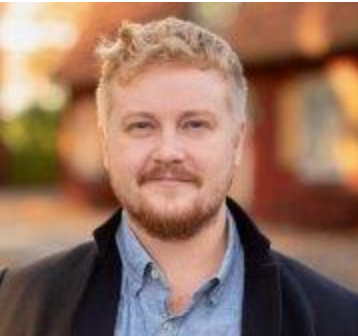Video
Managing Pediatric ADHD with Combined Treatments
Author(s):
A key opinion leader considers the benefits of combining pharmacologic and nonpharmacologic treatments in the management of attention-deficit/hyperactivity disorder (ADHD) in children.
Theresa R. Cerulli, MD: I mentioned I’m a neuropsychiatrist who happens to be subspecialized in my area of interest in treating ADHD [attention-deficit/hyperactivity disorder]. One would think that I would be focusing solely on the pharmacologic intervention since I’m much more on the medical psychiatry side than on the therapy side. However, I’m about to tell you that it would be almost malpractice for me to be just prescribing medication for ADHD and not emphasizing the importance of the nonpharmacologic interventions. That’s how strongly we see in the field differences in terms of outcomes in treatment. Besides the change in some of the neurobiology, we can’t change genetics with our medications, but we do change neuro network connections, and we do change neurotransmitter shifting. There are things we can impact pharmacologically and treating pharmacologically is important. You need to address from the inside out with the patient the core of what’s driving some of the symptomatology. So too, we need to look from the outside in, how do you work on the behaviors?
I picture a sturdy table, your 4-legged table, only 1 leg on that table of support for these children is the pharmacologic interventions. The other 3 legs are just as important. One is psychoeducation, helping the individual, the families, the teachers, everyone involved has hands on, hopefully, in assisting this child. Psychoeducation is important to understand the very things that we’re talking about with each other today. What is ADHD? What is not? How do you treat it? How does it impact your day-to-day life, your home life, your school life, your work life? Besides the pharmacologic interventions, the psychoeducation, the third leg of the table is therapy. Whether that’s family therapy, cognitive behavioral therapy, individual therapy, or some combination thereof. What are we doing with that? We’re making sure that the comorbidities are addressed as well because my ADHD medication is not going to help that child’s comorbid depression, anxiety potentially, depending which ADHD medication you’re using. It certainly isn’t going to treat the substance abuse. You need to be doing the therapy to make sure that you’re treating the whole picture in addition to just addressing biology.
Then finally, the fourth leg, ADHD coaching. With children and adolescents that may look like coaching the parents to coach the kid. With an adult, you’re obviously coaching the adult directly who has ADHD, and that’s different than therapy. That’s not exploring the emotional aspect, how did we get here? How does that make you feel? It’s taking the child or adult and saying, “OK, bring in your backpack and your folders, and we’re going to figure out a system for you of how to organize those folders in your backpack.” It’s, “Bring in the medications and your pill case, and let’s organize your Sunday through Saturday pill case 7 days a week and figure out where in your house that pill case is going to sit so that you remember to take the medications every day.” It’s “Bring in your laptop,” because kids are using laptops in school now. That’s how they do their homework. That’s how they take notes in the classroom. “Bring in your laptop, let’s look at how you organize your folders on your laptop. Bring in your phone. Everybody has one of those. What apps are you using to keep yourself organized?” That’s coaching. Those aspects are important in helping that child or adult function in their day-to-day lives that we couldn’t possibly do with medication. It’s very important.
Then picture on that whole table, what are you supporting? You’re supporting the patient. The patient is sitting on top of the table, and what they need to do—both patients and family, to take some role in this process, it’s not all us—the patients need to look at their sleep schedule, look at how they eat, look at exercise, which is a wonderful way to also shift neurotransmitters and help with focus. All of us are the legs supporting that patient and family on top of that table, and they play a role too. That’s how I see treatment for ADHD. That’s where our best outcomes are.
Transcript edited for clarity.





